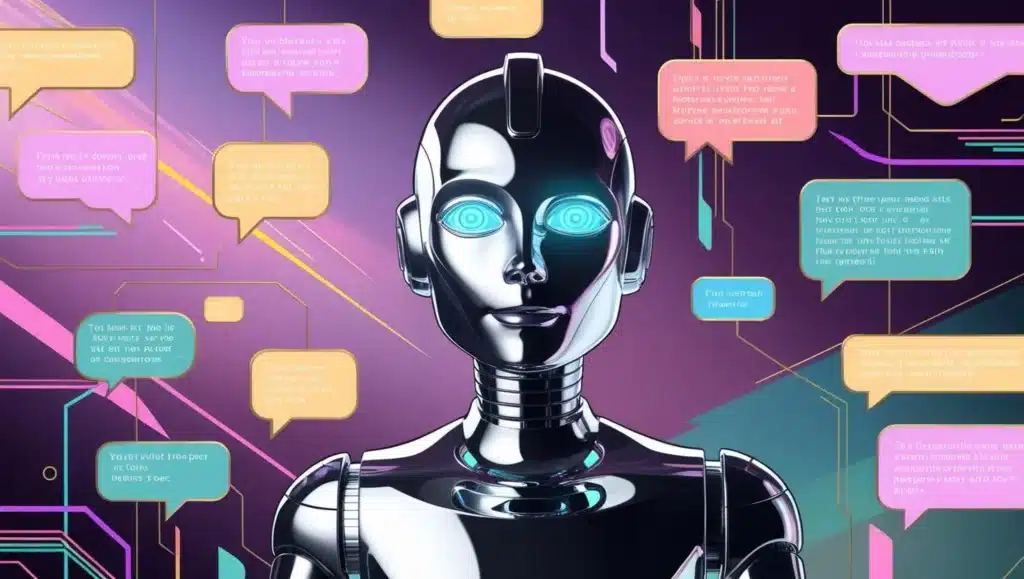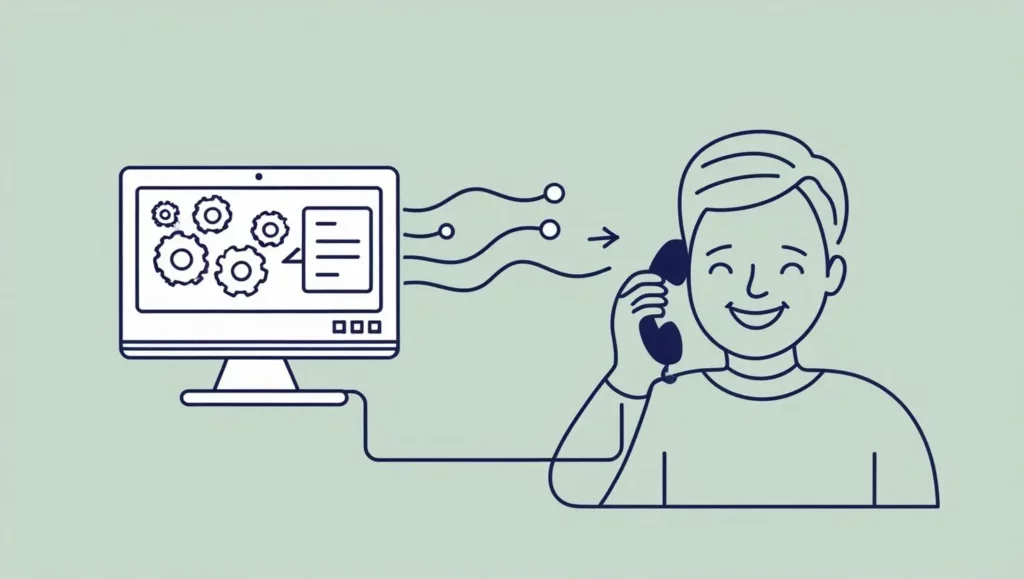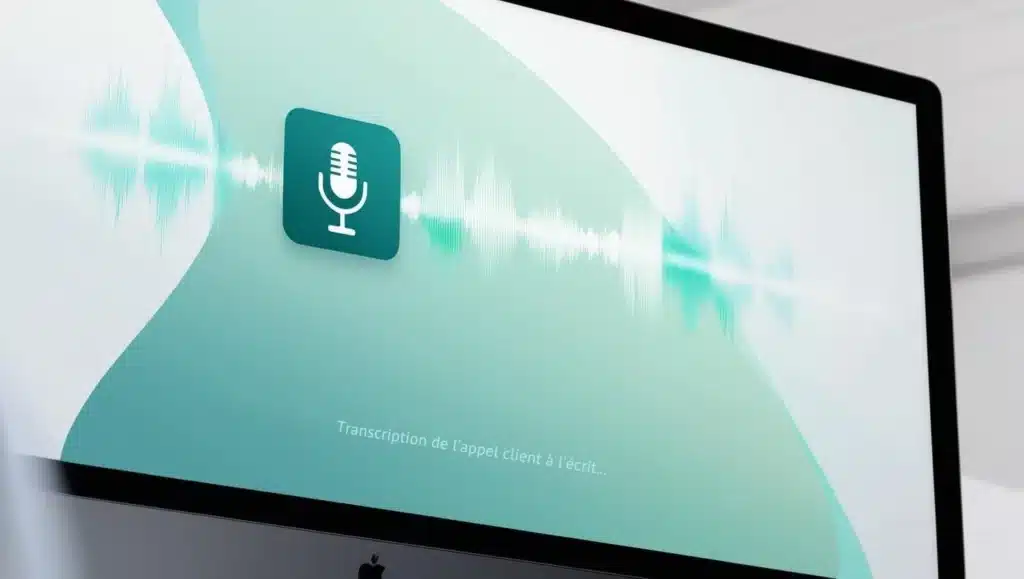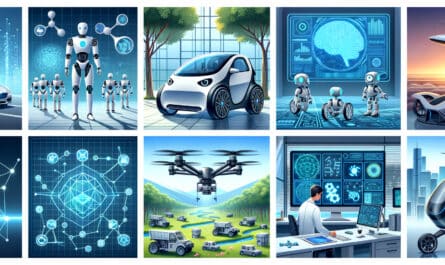ChatGPT, Claude, Perplexity… Chatbot and conversational AI have radically transformed the way we do business! Today, thanks to AI, conversational systems no longer simply follow scripts: they understand, adapt and respond with impressive fluidity.
Thanks to this article, you’ll be able to distinguish the different types of conversational AI – chatbot, voicebot and callbot – as well as how they work, their differences and examples of where they’re used. Happy reading!
Types of conversational AI: chatbot, voicebot and callbot
Conversational AI is based on speech recognition, natural language processing (NLP) and automatic response generation. It enables us to understand users’ intentions and offer fluid, contextual and automated exchanges.
There are three main types of conversational AI:
- chatbots;
- voicebots (or voice assistants) ;
- Finally, callbots (or interactive voice response).
AI chatbots
Chatbots represent the most widespread form of conversational AI. They are designed to establish a text-based dialogue with users via a written interface.
There is a notable difference between traditional chatbot and modern AI-based chatbot:
- The traditional chatbot operates according to predefined rules: it follows fixed scenarios and doesn’t really understand language.
- In contrast, a modern chatbot relies on artificial intelligence to analyze the meaning of messages, adapt to context and generate more natural, relevant responses.
Traditional chatbots are mainly programmed for simple text interactions: answering frequently asked questions (e.g. “What are your opening hours?”, “How do I track my order?”) or executing basic commands (“transmit a document”, “change a delivery address”).
The so-called traditional chatbot is often the first point of contact in customer service systems, allowing routine requests to be filtered and processed without human intervention.
But today, chatbots have totally evolved! ChatGPT, Claude, Perplexity… Modern chatbots, or AI chatbots, leverage advanced technologies like natural language processing (NLP) and natural language understanding (NLU) to interpret user intentions and formulate relevant responses.
This major technological evolution allows them to go beyond simple question-and-answer exchanges, giving the impression of a fluid, natural conversation!

Voice assistants: voicebot and callbot
Voice assistants (voicebots) represent the next major evolution in conversational AI, moving beyond text to more natural, spoken exchanges with users! With a voicebot, companies manage voice communication, making customer support available 24/7.
The operation of voicebots is based on a sophisticated process involving several AI technologies:
- Automatic Speech Recognition (ASR) first captures spoken words and converts them into text;
- Natural language processing (NLP) then analyzes this text to understand its meaning and context;
- Natural language understanding (NLU) identifies the intention behind words;
- Natural language generation (NLG) provides an appropriate response;
- Text-to-speech finally transforms this response into speech.
Voicebots handle complex tasks such as answering questions about products and processing orders, while maintaining a conversation that sounds curiously human!
Modern voicebots can also understand context, detect emotions and respond appropriately in several languages: a real advantage for a company that needs to handle hundreds of calls simultaneously without compromising service quality.
IVR / SVI: the “classic” voice system
Interactive Voice Response (IVR) systems are those voice interfaces where the user must follow an imposed path (key 1, 2, 3…). They therefore do not understand human language.
But they too have evolved! Thanks to the integration of artificial intelligence, IVRs now use speech synthesis. Speech synthesis reproduces natural spoken responses, with adjustable tone, speed and intonation. Coupled with language understanding engines, it transforms old, rigid systems into more fluid, personalized voice interfaces, accessible to a much wider audience.

The difference between an AI chabot and a rules-based chatbot
The key to understanding conversational AI is the difference between an AI chatbot and a rules-based one. That’s why, in this section, we’ll take a closer look at how these two types of chatbots work.
Rules-based chatbots and those powered by conversational AI differ fundamentally in their architecture and mode of operation.
Architecture and operation
Rules-based chatbots are based on predefined scripts and decision trees. They operate on a simple principle: if the user says X, the chatbot answers Y.
These systems mainly use rule engines that can only answer questions anticipated at the design stage.
In contrast, AI-powered chatbots use advanced technologies like NLP and NLU to understand the intent behind users’ words. They employ neural networks to identify recurring patterns in huge volumes of training data. This enables them to predict the most appropriate responses based on the probability of occurrence.
Ability to learn and adapt
This is the major difference between traditional chatbots and AI chatbots: their ability to learn and adapt.
Rule-based chatbots require minimal learning and rely on static data. Their evolution requires human intervention to add new rules or modify existing responses. So they don’t automatically improve with use.
Conversational AI systems , on the other hand, benefit from continuous learning, constantly integrating new data! They’ll be able to adapt to past interactions, improving their responses over time. This type of bot will remember previous exchanges!
The complexity of interactions
Rule-based chatbots are limited to specific, simple tasks, such as answering FAQs or processing basic commands. They operate in a restricted context and are generally unable to maintain complex conversations over several rounds.
Conversational AI systems, on the other hand, can handle much more delicate multi-step interactions, often crossing several platforms. They understand the context of the conversation, remember previous exchanges and can handle sophisticated requests requiring multiple stages of reasoning.
Chatbot autonomy and decision-making
Rule-based chatbots have limited autonomy and require human scripts to operate. They can’t make decisions outside their initial programming, and are incapable of initiative.
Conversational AI systems, on the other hand, are highly autonomous, with a real capacity for learning and adaptation. They can manage complex processes and make real-time decisions based on available information and context.

Examples of conversational AI
The great conversational AI language models: ChatGPT, Claude, Le Chat
Today, large language models represent the most advanced form of conversational AI, with systems such as ChatGPT (OpenAI), Claude (Anthropic), Le Chat (Mistral) and Gemini (Google).
But these models don’t just generate answers to questions like traditional conversational AIs! They can also perform complex tasks: summarizing documents, creating images, or generating computer code.
Their operation relies on neural networks trained on huge corpora of textual data, enabling them to identify linguistic patterns and produce clear, contextual responses.
For example, how does ChatGPT generate responses? It does so by predicting, word by word, the most likely term to come up in a sentence, based on the context of the conversation! This method is known as next-word prediction: it generates texts that are coherent and appropriate to the user’s request.
In concrete terms, at each stage of the conversation, the AI evaluates the statistical probability of the words likely to follow, based on billions of sentences from training corpora. This method produces fluid responses, often indistinguishable from those of a human, while adapting to the tone, intention and context of the dialogue.
It’s this principle that makes interacting with an AI chatbot more natural and engaging, compared to the rigid scripts of rule-based systems!
Personal virtual assistants
Virtual assistants such as Siri (Apple) and Alexa (Amazon) are popular examples of conversational AI integrated into consumer devices. These systems combine speech recognition, natural language processing and access to various sources of information to answer user queries and execute commands.
These conversational AI-based virtual assistants perform a wide range of tasks, from answering factual questions to managing diaries and controlling connected home devices. They are ubiquitous today : smartphones, connected speakers and other electronic devices.
Enterprise conversational AI solutions
Conversational AI solutions are now widely used by companies, especially in France!
- Customer support chatbots capable of solving common problems and redirecting complex cases to human agents ;
- Voicebots to automate routine inquiries and basic support tasks;
- Intelligent IVR systems to manage calls and reduce waiting times.
These AI-based systems are particularly valuable for providing high-quality 24/7 customer support and managing peak demand!






